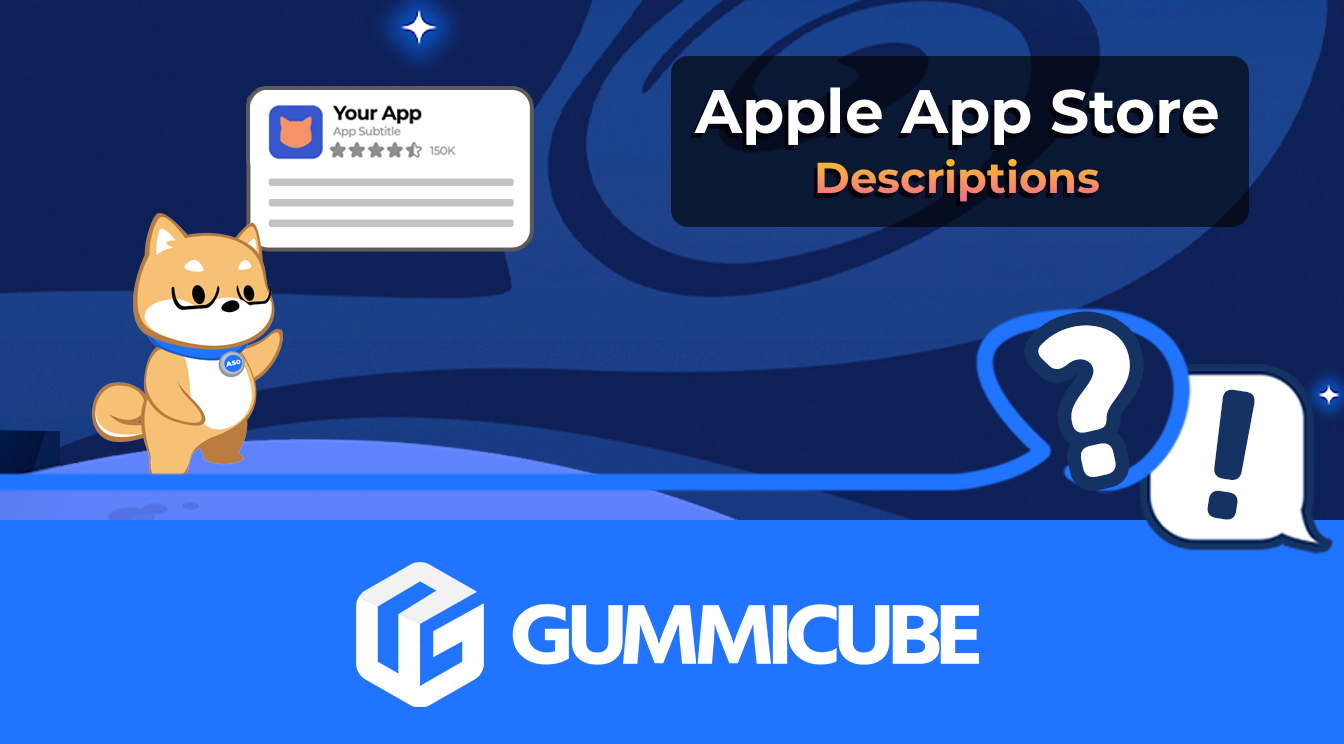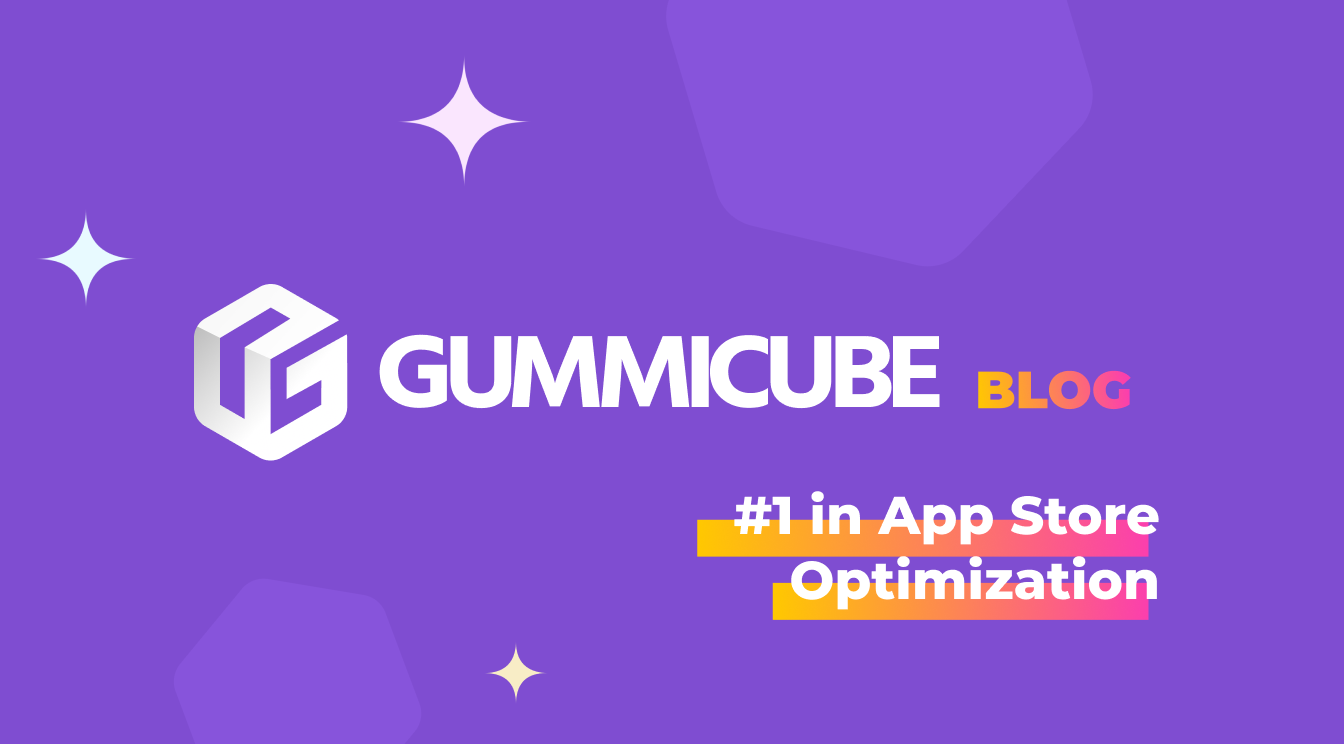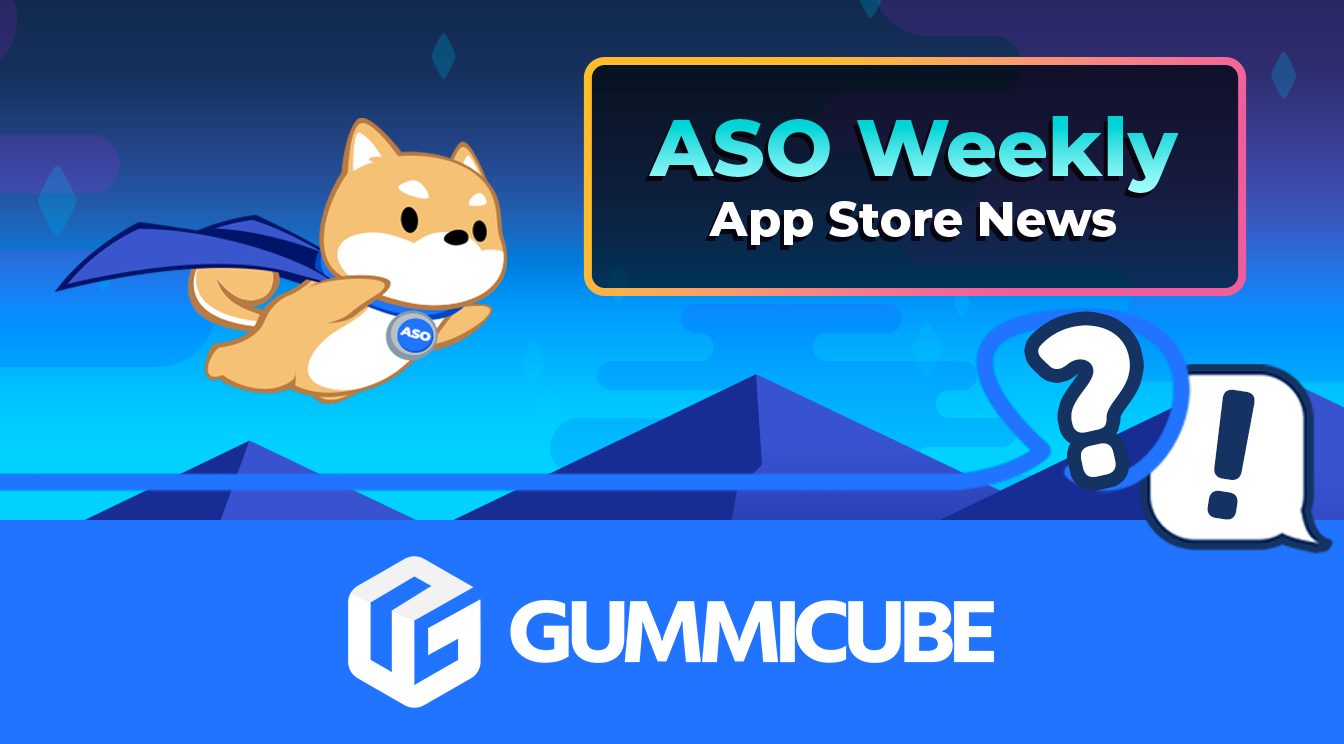
How to Write an Apple App Store Description
Posted on July 17th, 2024
Learn how to approach App Store descriptions the right way so you can effectively engage and convert users.

Building and optimizing your app listing to tap into the massive organic traffic searching the app stores daily takes the right app store optimization tools. Below we will cover some of the very best ASO tools, from getting ratings and reviews, to designing descriptions and screenshots that convert with your target audience and more. While this list is not in any particular order, a good place to start is with working with your target audience.
Screenshots, the app name, the icon, even the description all have a huge impact on how your target market perceives your app. Google Play provides tools for A/B testing all of the above app listing elements in their “experiments” module, but working with focus groups provides a few significant advantages.
Small changes to the color of an icon can have a big impact on conversions (from app listing views to installs), but focus groups allow you to test big differences - with one design direction failing to resonate while another shows great promise. Mobile app publishers and designers can get an idea of what resonates with their audience by looking at competing apps, but outside of that guidance, there is no way to really know what will drive your target audience to install your app without asking them.
As with most A/B testing platforms and in Google Play experiments, you will be able to see which design, description, screenshot order, icon etc.. converted best and whether the results were statistically significant, but you won’t know why. Focus groups provide an opportunity to experiment boldly and then garner qualitative feedback from the test subjects. Why did they pick icon design #2 over 1, 3 and 4? Why was the app name confusing or misleading? Which screenshots best explained the most important features of the app to them and why? While focus groups are unique in the quality of potential feedback, running ads to a poll, or polling your existing lists (email or social media) are two other ways to test listing elements prior to publishing.
Ratings and reviews have an impact on app store rankings in both Apple’s App Store and Google Play. Even bad ratings seem to be better than no ratings - which appears to be some broken measure of engagement. While there does not appear to be some magical minimum number of ratings required for top rankings, more ratings is generally accepted as better for app store positioning. Rating apps is not easy for users. It takes multiple taps and leaving the app to rate or review an app - a tall order even if you (the user) love the app. Because the best indicator of user satisfaction tends to be retention, engagement or lifetime value (or some mix of the 3), if it were not for the impact on rankings, many app publishers would not prioritize app store review prompts. But alas, while ratings matter, publishers are encouraged to find ways to request ratings with the least impact on the user experience. Publishers can set up ratings and review prompts with a custom implementation or use a proven model for customer support and ratings acquisition by partnering with services like that offered by Apptentive. While ratings and reviews are important for app store rankings and app optimization, prompting for reviews should always account for the impact on the user experience to ensure you are not chasing ratings at the expense of revenue.
Similar to the above, review mining is actually a tool for competitive research. What features or functions are your competitors’ app users complaining about, requesting or commenting on that your app does better? Review mining helps guide app listing strategies from which keywords and phrases to target to which features to highlight in screenshots. Consider a top ranked photo app that allows for adding text to user photos. The reviews complain that posting to Tumblr does not work well or at all. Your photo app works great with Tumblr. You may have thought this was your 12th most exciting feature, but it could well be your app’s top differentiating feature and worth prioritizing in the app listing.
As the saying goes, “where there is mystery - there is margin” and there is a ton of mystery in the app stores. App store data and intelligence services span topics from monetization models and estimated lifetime values of competitive apps, to which SDKs apps are using to estimates on what specific apps are paying for new users by geo. It is hard to say how accurate many of these tools are, but many services are popping up to carve out a niche and provide just a little more insight to help their clients improve their results in the app stores. When it comes to tools specifically for app store optimization, features publishers should look for include:
In previous posts, we have explained why app store data and web data are very different. It may not be obvious but several app store optimization tools use the free Google keyword planner built using web search as a proxy for app store search volume and related phrases. If you would like to see how Gummicube approaches ASO and the proprietary tools we have built for optimizing app listing for organic app store search, you can request a demo here.

Learn how to approach App Store descriptions the right way so you can effectively engage and convert users.

Learn how to grab your audience's attention through effective and engaging app store preview videos.

Welcome to this week’s ASO Weekly - The App Store halts gambling ads amidst outcry and the Apple takes a bite out of NFT app sales.